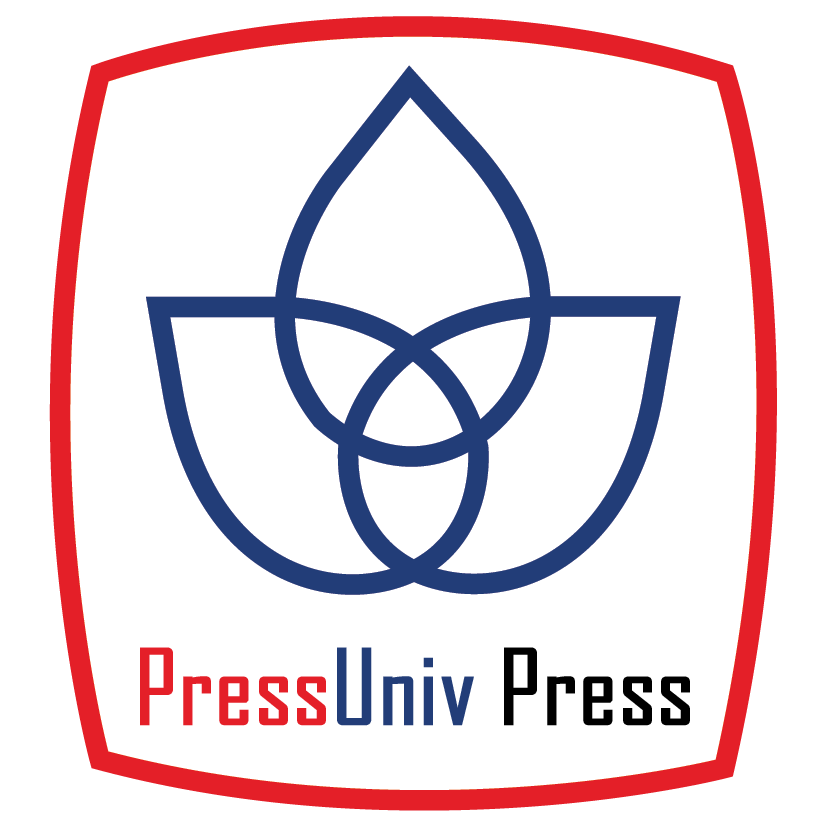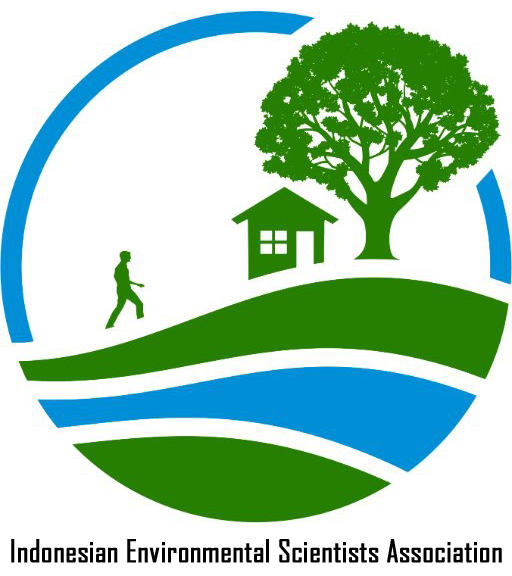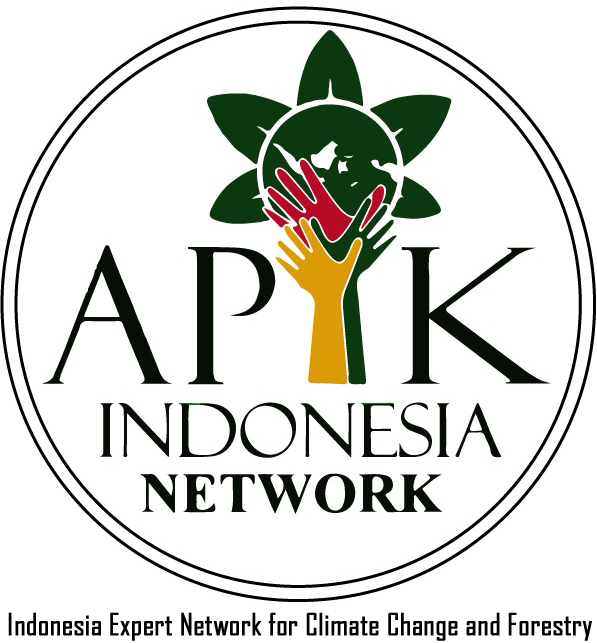Analysis OF COD, Ammonia, and pH Reduction of Textile Industry Wastewater with Aeration System Based on Activated Sludge Concentration (Study Case: PT Jababeka Infrastruktur)
Abstract
Abstract: The batik industry is a sub-sector of the textile and clothing industry that can produce handicraft products, with a continuously growing market. With the increasing demand for batik production, the number of batik craftsmen in Indonesia is also growing, resulting in a significant amount of batik waste generated from its production. Batik wastewater contains high levels of COD, ammonia, and pH, as well as heavy metals, making it hazardous to discharge into rivers without prior treatment. Objectives: The purpose of this research is to determine the effectiveness of the concentration of activated sludge in biological treatment on the efficiency of reducing COD, ammonia, and pH levels in the treatment of batik wastewater at PT Jababeka. Method and results: The experiment was conducted using a batch system in the aeration process, utilizing aerobic bacteria derived from 2 (two) different types of activated sludge. The residence time of bacteria in wastewater biodegradation is 22.5 hours based on the maximum incoming wastewater discharge Conclusion: The concentration and composition of activated sludge used in the biological process, particularly in the aeration process, have an impact on reducing the characteristics of textile wastewater. The mixing of activated sludge types from the batik treatment system and sludge from the centralized process at PT Jababeka has shown better results in reducing the characteristics of textile wastewater. Biological treatment using aerobic bacteria from two different types of activated sludge in Sample 3 shows better efficiency in removing COD by 83.5% and NH3 by 99.45%, along with a pH reduction of 25.6%.
Keywords
Activated sludge; Ammonia; COD; pH; Textile wastewater
Full Text:
PDFDOI: http://dx.doi.org/10.33021/jenv.v9i2.4833
Copyright (c) 2024 Carlos Margono Sianturi

This work is licensed under a Creative Commons Attribution-ShareAlike 4.0 International License.
Journal of Environmental Engineering and Waste Management Published by PresUniv Press, in collaboration with IESA and APIK Indonesia Network




